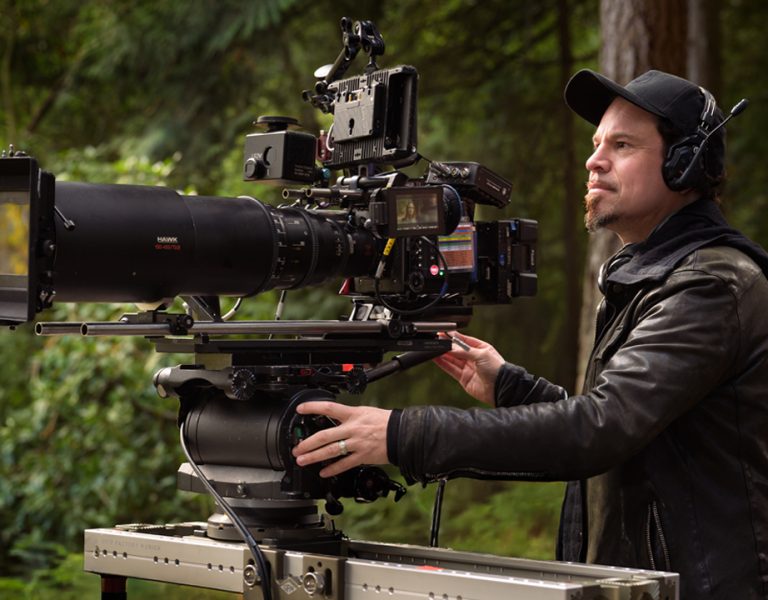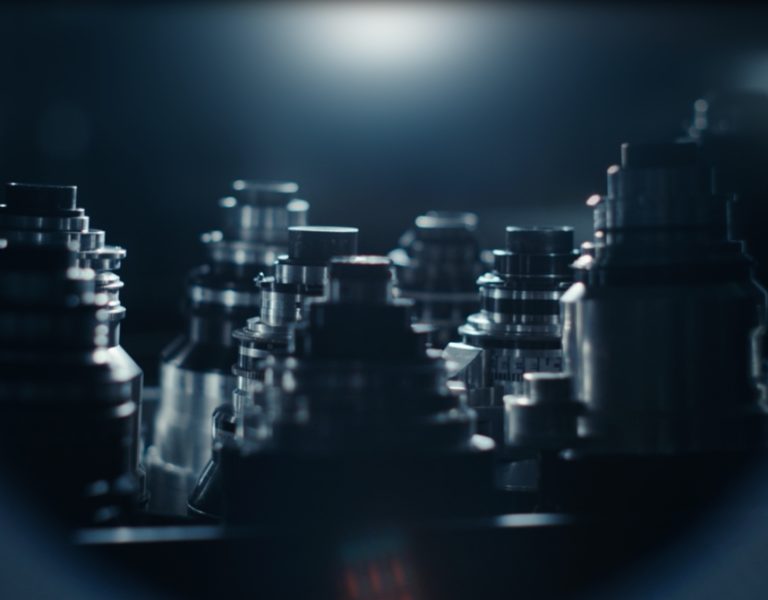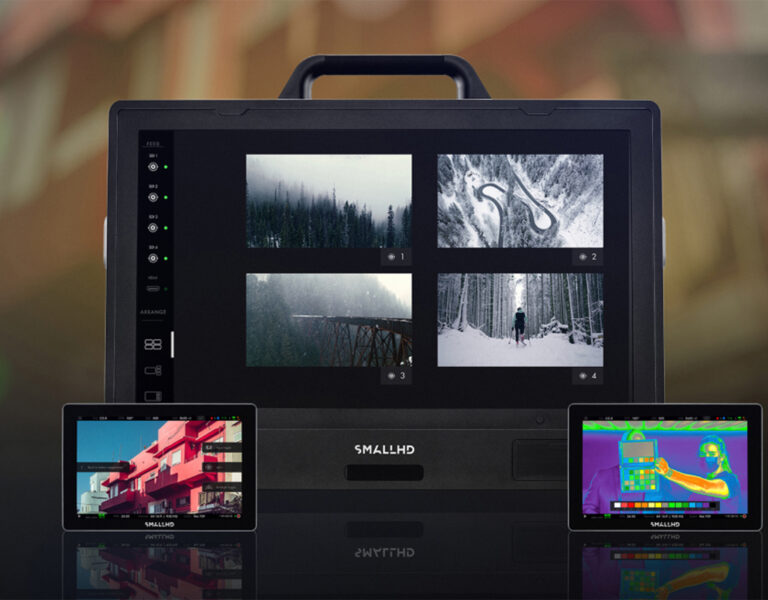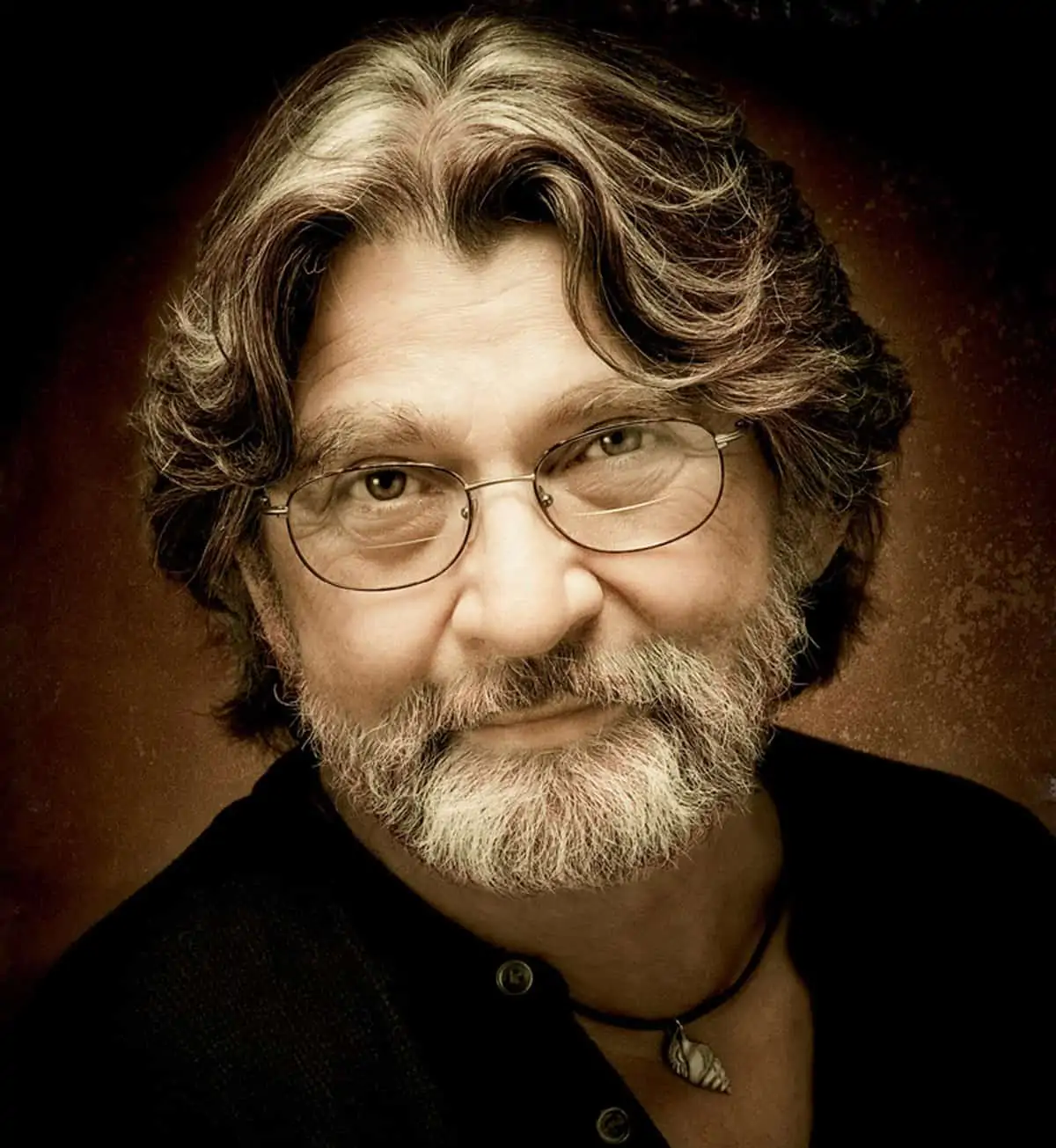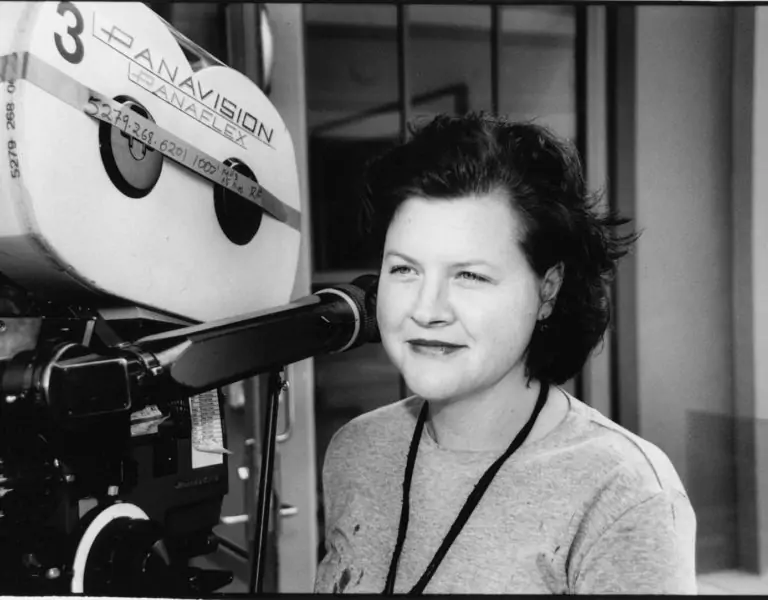SETTING A STANDARD
Revered cinematographer Ed Lachman ASC has used his decades of knowledge and experience to craft an intuitive new exposure control system.
Ed Lachman ASC’s patented and trademarked EL Zone System™ (Exposure/Value) has been chosen by camera manufacturer Panasonic for its VariCam LT and VariCam 35mm models. Lachman is holding ongoing conversations with other camera manufacturers. SmallHD Monitors, Sigma Camera, and several postproduction facilities have already implemented it.
EL Zone System is the result of years of work with innovative engineers Barry Russo and Marko Massinger, plus feedback from cinematographers and post facilities. It is based on a concept explored by Lachman for over 30 years. In the past five years, he focused on developing the system as a digital application for the cinematography community and camera manufacturers. The idea was to bring the world of analogue cinematography into a direct relationship with digital imaging in exposure, using light metering and lens-stops to create better exposure tools and data.
Lachman says, “I was met with resistance when I approached camera manufacturers to explain why IRE, false colour and waveform monitors had certain limitations. Eventually I was able to draw the engineers into a dialogue and show examples of how this could be a better solution. That has led to increased acceptance and understanding, but it’s still a slow process. I believe positive feedback from users of the EL Zone System will influence them to move forward.”
Years in the making
Adapting the concept of Ansel Adams’ Zone System, Lachman taught himself in film school how to think about exposure to control the negative and create a desired look.
“As a young cinematographer, I was still learning how to balance my negatives,” he says. “I wanted to be consistent in creating a look for a film. For years I thought about how to implement the methods and ideas I had learned from Ansel Adams and Fred Archer, whose Zone System in the early 1940s for black and white still photography was based on 18% grey.”
A fundamental explanation for the Zone System is metering for the shadows and developing for the highlights. Each Zone-value equals one stop of light change.
“I was training myself to pre-visualise what the film negative was representing,” Lachman adds. “I came up with my own Zone System, shooting black and white Polaroids based on the ASA of the film stock and light metering readings, using 18% grey as the standard.
“When I entered the digital imagery world I thought, why couldn’t it work the same way using the digital camera basically as a reflective light meter even if you didn’t use a separate analogue light meter?”
IRE issues
It became apparent that readings based on IRE pose a problem even for false-colour and waveform readings that are based on voltage measurements, which are linear, not logarithmic.
“I discovered, to my amazement, that IRE stands for the International Radio Engineers,” Lachman says. “They developed the system in 1895, before film even had sound. So as strange as it seems, we’re basing our exposure on radio signal voltage, not photographic exposure of light.”
Why are we basing our exposures on sound waves? In the photographic medium there’s a discrepancy in IRE units which don’t exponentially increase the amount of light between exposures with stop-values as with light meters and stops on lenses.
“The engineers who set IRE values didn’t think like we do in the photochemical world,” Lachman explains. “They based exposure on linear light values that don’t track exponentially in the world of photography.”
The IRE system works on a linear scale but stops on a lens come from a geometric sequence based on of the square root of 2. A stop of 2.8 lets in twice as much light as 4. The IRE system doesn’t track this way.
“Over the years I became frustrated working with DITs trying to understand and bridge the metering inconsistency of the photochemical world to the digital medium,” says Lachman says. “Even if I took into account that different camera manufacturers could set up their gamma values differently. Which is fine, however, every camera should still represent where 18% grey falls.”
Cohesive working
Lachman believes that a significant problem with waveform monitors is that they aren’t specific enough in mapping exactly where the exposure is in the frame.
“When you are only using graphs, you are left to interpret exposure yourself,” he explains. “The problem with false colour is that it’s set up with IRE, which is represented differently among cameras manufacturers.”
There is no standardisation across the industry. Each manufacturer has its own interpretation of what false colour represents.
“Why couldn’t we find a standard as we had in the analogue world to understand exposure?” Lachman asks. “The beauty of the EL Zone System is that it reverts back to the idea of controlling digital information with an analogue solution of 18% grey, which our meters and stops on lenses are already compatible with.
“In digital cameras fitted with the EL Zone System, there will be a colour-mapping feature on the image which would be consistent to your exposure, one that can be used with any manufacturer’s camera to understand what your exposure is and have a record of your exposure on set or location in terms of your style, or for any re-shoots.”
Lachman emphasises how important it is to control skin tones based on 18% grey. “To accomplish this, I’ve set ½-stop increments from either side of the 18% grey increasing to plus and minus 1-stop increments within a 15-stop range,” he says. “Once you base the exposure on a skin tone, you can set the exposure to its surroundings.”
Lachman’s system considers the possibility of expanding latitudes of camera sensors over time. “That won’t change what 18% grey represents,” he says. “The outermost increments of stops can be represented in 2-stop increments instead of one to facilitate this.”
Lachman has explained to manufacturers that his system is not proprietary technology. He’s more interested in having a universal standard which can be used as a visual grammar to communicate exposure to image-makers.
“It’s all about creating the look you want to achieve,” he says. “I want the EL Zone System to be as useful a tool for you as it has been for me in my process to create images.”




